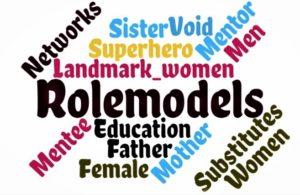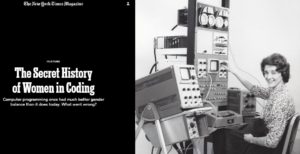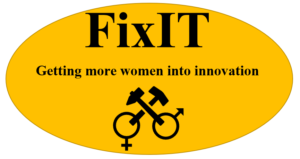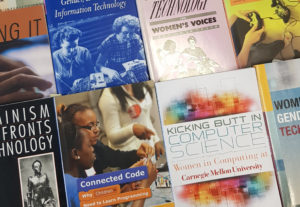
Photo by bruce mars on Pexels.com
This question – “Do we really need more women in ICT?” – appears in a recent article by Gilda Seddighi and myself. In this article we analyze how the ICT industry and ICT workplaces in Norway deal with challenges of recruiting women to ICT work. The question is not ours, but from one of the ICT experts that we interviewed for this case study, and it appeared in a discussion about whether women were really interested in ICT. This discussion and the quote illustrate how gendered stereotypes suggesting that men are more interested in ICT are still active in shaping attitudes towards and engagement in activities to recruit women. Only about one in four working as ICT experts in Norway are women, and this feeds the discourse of ICT as a male field. Reflecting this, the ICT workplaces we talked with produced a series of alternative ways of seeing the need to recruit women, all of which contributed to reducing the importance of active recruitment initiatives.
You can read the article for free (in Norwegian) here: https://www.idunn.no/tfk/2019/04/maa_vi_egentlig_ha_flere_kvinner_i_ikt
Title: “Do we really need more women in ICT?” Discursive negotiations about gender equality in ICT
Abstract
ICT is one of the most gender-divided fields in Norway and illustrates the “Nordic Gender Paradox”, referring to a mismatch between a high level of participation by women in working life in parallel with a strong gendering of disciplines and professions. A higher proportion of women in ICT professions is a goal that is particularly relevant due to increasing digitalization. This article builds on qualitative empirical material and analyzes meetings with 12 organizations that were invited to discuss gender equality in ICT work. The analysis explores how the discourse of gender equality in ICT is perceived in the organizations and how this affects attitudes to practical gender equality work. Ten alternative approaches to gender equality in ICT are identified. These can be analyzed as discursive practices that articulate “resistance” as alternative meanings that challenge the discourse of gender equality in ICT, as they renegotiate, redefine and, in some cases, reject the discourse. Recruitment of women to ICT work is a task left to the individual organizations. The authors claim that there are still gendered perceptions of who is appropriate for ICT work, and these perceptions do not motivate the organizations to engage in gender equality work.
How to quote: Corneliussen, H. G., & Seddighi, G. (2019). “Må vi egentlig ha flere kvinner i IKT?” Diskursive forhandlinger om likestilling i IKT-arbeid. Tidsskrift for kjønnsforskning, 43(4), 273-287.







 This year has been good for publications! We have a new chapter on immigrant youth and video gaming out today, published with Emerald in
This year has been good for publications! We have a new chapter on immigrant youth and video gaming out today, published with Emerald in 



